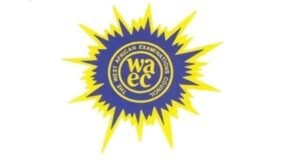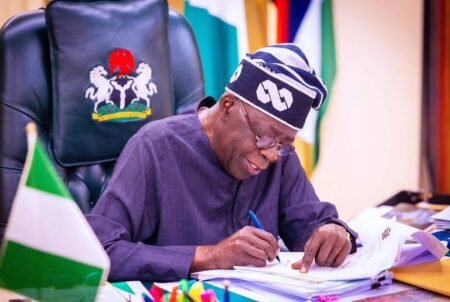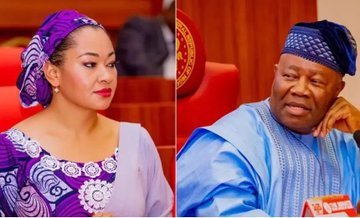A troubling contradiction is emerging across Nigeria’s 774 local government areas (LGAs). Despite receiving more than N8.9 trillion in federal allocations between 2023 and 2025, fewer than one per cent of them have a functional website.
The absence of a digital presence exposes a glaring accountability gap in the nation’s third tier of government. While LGAs collectively pocket nearly N3 trillion annually from the Federation Account, most operate in near-total digital silence.
Experts say the digital blackout reflects poor governance rather than a lack of funds. “Maintaining a website costs a fraction of what councils receive monthly,” said telecoms analyst Kehinde Aluko. “This neglect points to weak institutional capacity and a preference for secrecy.”
The Independent Corrupt Practices and Other Related Offences Commission (ICPC) confirmed that only seven LGAs maintain active online portals, describing the shortfall as a “serious accountability gap” undermining democratic transparency.
Financial inflows to local councils surged after the removal of fuel subsidy and foreign exchange reforms, but the increased revenue has not translated into better governance.
In July 2024, the Supreme Court granted LGAs financial autonomy, ordering direct disbursement of funds from the Federation Account. However, many councils only opened bank accounts after the Central Bank of Nigeria (CBN) made it a requirement for fund transfers, a sign of deep-rooted dependence on state governments.
Despite the autonomy ruling, most councils still lack basic digital infrastructure. The Nigeria Extractive Industries Transparency Initiative (NEITI) and National Bureau of Statistics (NBS) reported that LGAs received N3.06 trillion in 2023, N3.77 trillion in 2024, and N2.1 trillion so far in 2025.
“Digital transparency is now the minimum threshold for public accountability,” said governance expert Dr Nnenna Okafor. “A local government receiving billions yet claiming it cannot afford a website either lacks capacity or is avoiding scrutiny.”
The Federal Ministry of Communications, Innovation and Digital Economy is attempting to close the gap through Project 774 LG Connectivity, designed to link every LGA secretariat to high-speed Internet. According to NigComSat, about 45 LGAs across eight states are now connected via satellite technology, with expansion planned through 2026.
But analysts warn that connectivity alone will not fix systemic governance failures. Innovation policy adviser Jide Awe said many LGAs remain “technologically dormant” because leaders treat ICT as a cost rather than a tool for transparency and growth.
Civil society groups are calling for digital compliance laws to make online transparency mandatory before any LGA receives federal funding. Without that, billions will keep flowing — but citizens will remain in the dark.










